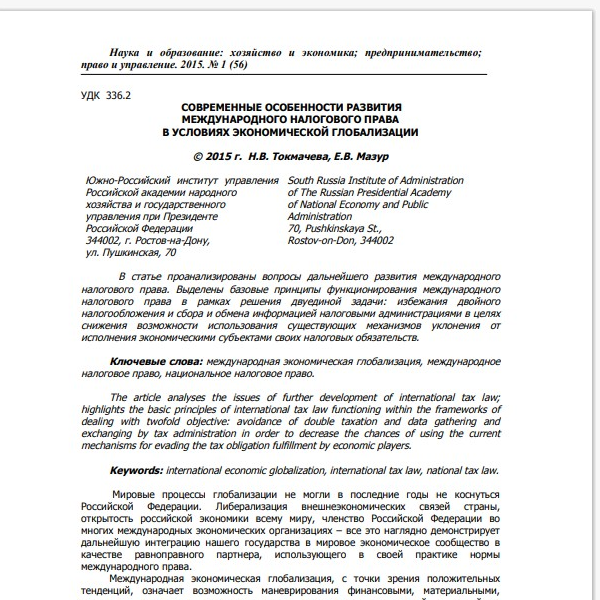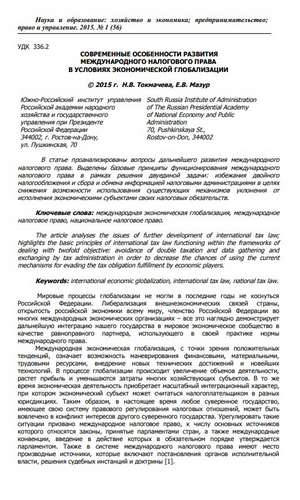Описание
Введение
Статья, написанная Мартиросян А.А. и Зениной И.В., посвящена борьбе с эпидемиями на протяжении человеческой истории. Основная цель исследования заключается в привлечении общественного внимания к проблемам лечения инфекционных заболеваний, демонстрации эволюции методов лечения и описании перспективных направлений современных исследований в области микробиологии, касающихся опасных пандемий. Актуальность темы обусловлена тем, что вопросы, связанные со значением жизни, являются одними из самых чувствительных и спорных в медицине.
Методология
Авторы используют исторический анализ для изучения борьбы с эпидемиями, начиная с древних времен до современности. Они рассматривают различные методы лечения инфекционных заболеваний, такие как вариоляция и вакцинация. В статье также упоминаются достижения в области микробиологии и вакцинации, которые были сделаны на протяжении веков. Выбор таких методов оправдан необходимостью показать эволюцию подходов к борьбе с эпидемиями и их влияние на здоровье населения.
Основные результаты
Ключевыми находками исследования являются: история борьбы с оспой и чумой, а также успехи в разработке вакцин против этих заболеваний. В частности, статья подчеркивает важность открытия Эдварда Дженнера вакцины против оспы и ее влияние на снижение заболеваемости. Также упоминается о первых вакцинах против чумы, разработанных Владимиром Хавкиным, которые значительно снизили уровень смертности. В настоящее время зарегистрировано до 2500 случаев чумы ежегодно, но пандемий не наблюдается.
Обсуждение и интерпретация
Авторы интерпретируют свои результаты как подтверждение важности исторического опыта в борьбе с эпидемиями и необходимость применения современных научных методов для решения актуальных проблем здравоохранения. Результаты статьи согласуются с предыдущими исследованиями в данной области, подчеркивая значимость вакцинации как одного из самых эффективных способов предотвращения инфекционных заболеваний.
Заключение
Основные выводы статьи заключаются в том, что борьба с эпидемиями требует постоянного внимания со стороны науки и общества. Практическая значимость результатов заключается в необходимости инвестиций в медицинские исследования и подготовки квалифицированного медицинского персонала. Ограничениями исследования являются недостаток современных данных о некоторых инфекциях и необходимость более глубокого анализа современных методов лечения. Авторы рекомендуют дальнейшие исследования по вопросам обмена научным опытом и улучшения подготовки медицинских кадров. Ключевые слова: эпидемия, микробиология, чума, оспа, наука.
Библиография
Мартиросян А.А., Зенина И.В. The struggle against epidemics in diachrony. Jenner E. An Inquiry into the Variolae Vaccinae. Khavkin V. Contributions to the study of plague vaccine development. Всемирная организация здравоохранения (ВОЗ). История борьбы с оспой. Современные достижения в области микробиологии и инфекционных болезней.


Отзывы
Отзывов пока нет.